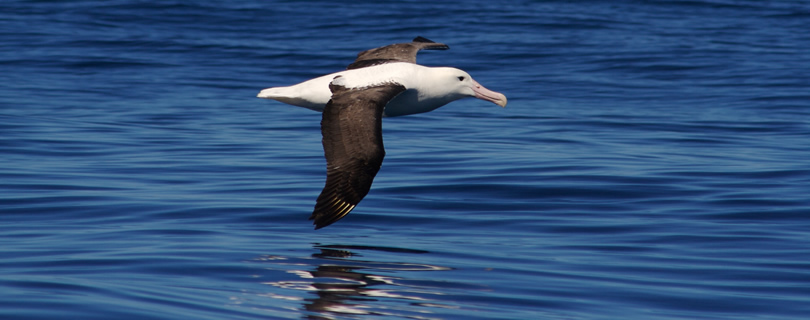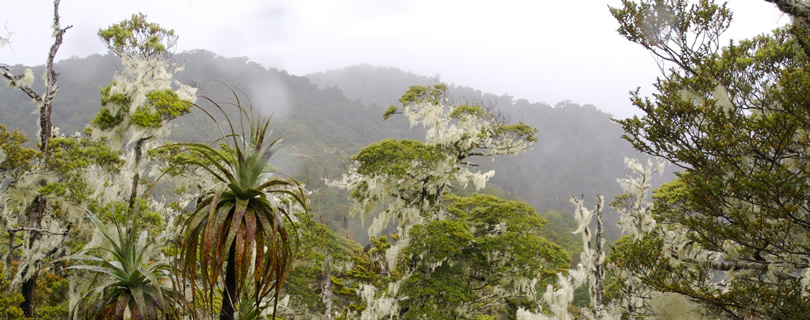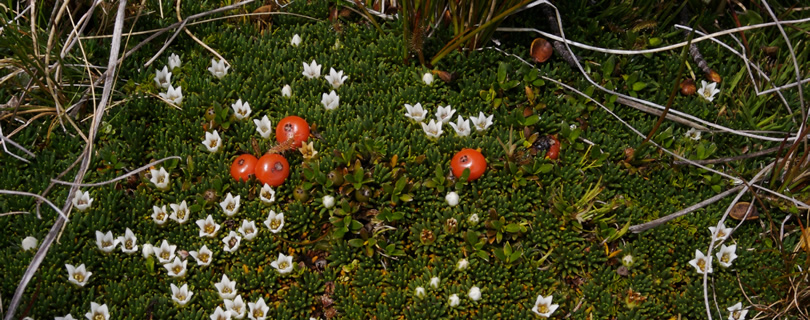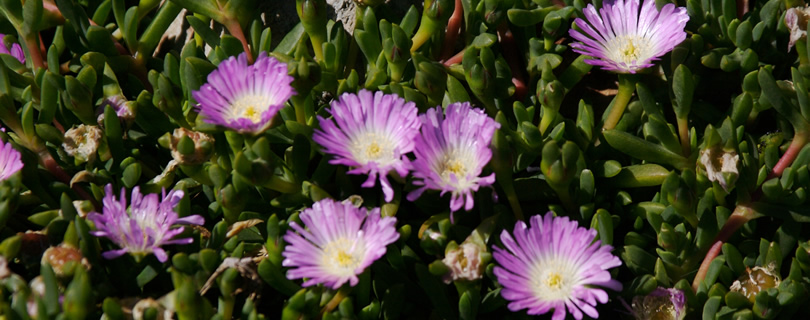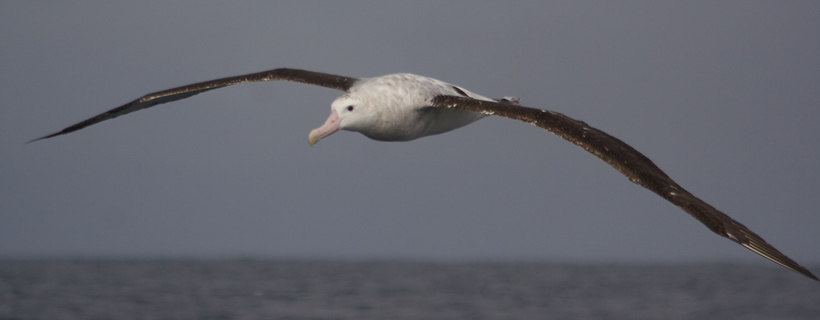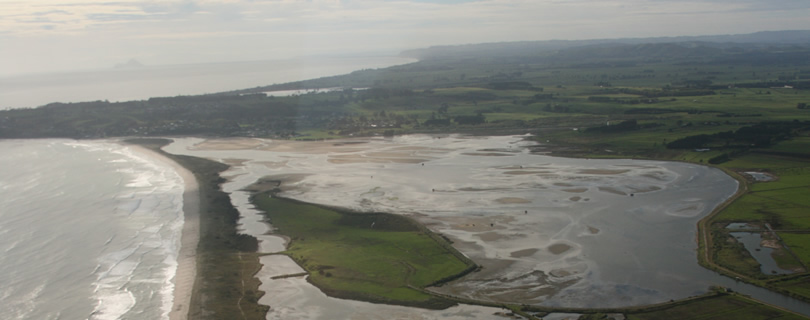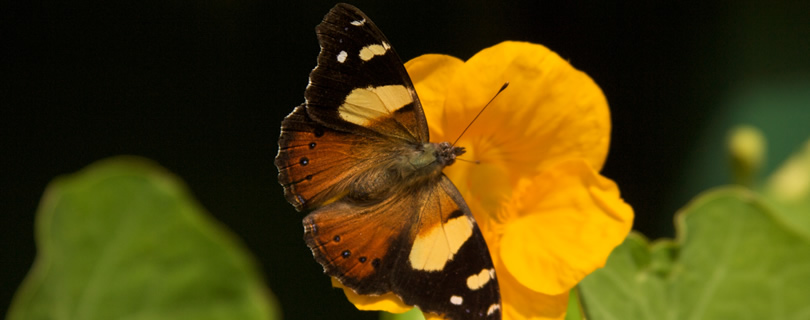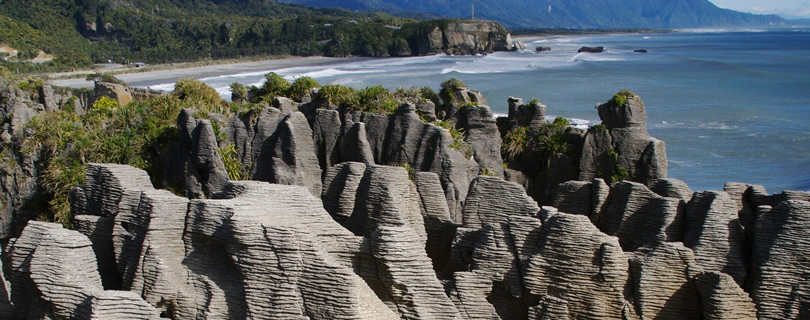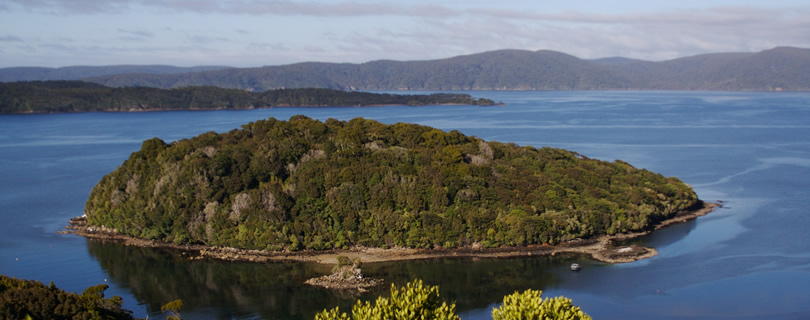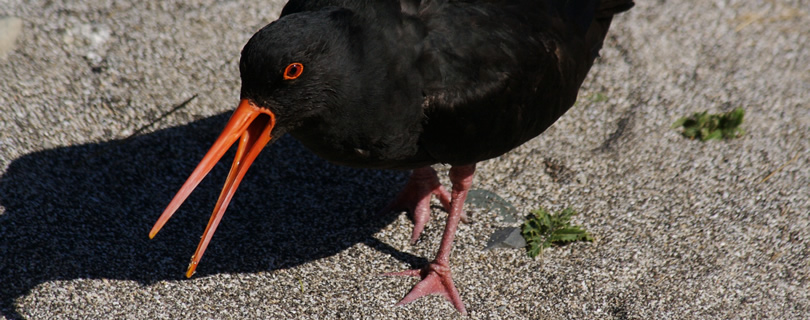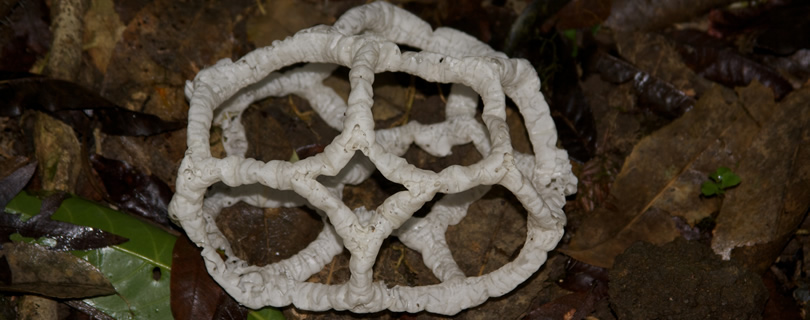Julian Fitter
Fitter Environments
About
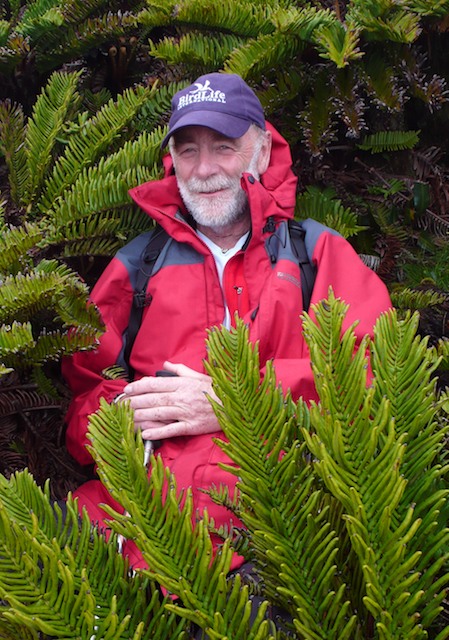
I was born and eductaed in England, my father was a naturalist and writer, and my mother a journalist and editor, a combinationed that destined me to an eventual career in writing.
At school my main interests were biology and geography, to which I added economics before taking off to see the world. In 1964 I was fortunate to be taken on as crew on the Beagle, a converted fishing boat that sailed to the Galapagos Islands to work for the Charles Darwin Foundation. After 8 months there, I travelled to the mainland of Ecuador and obtained a temporary post as Assistant Lecturer at the Universidad Central in Quito, before getting married and returning to Galapagos.
At first I worked for the Charles Darwin Foundation on Beagle, but then moved on and eventually in 1968 returned to England to purchase a yacht to use for tourism in Galapagos. By this time we were a family of 4 and we sailed back on Bronzewing, a 46ft bermudan rigged cutter, arriving in late 1969. At first business was modest, but gradually grew as Galapagos became a popular destimnation. When I sold the business in 1969, we had 4 yachts including a 70ft schooner and a 63ft Baltic Trader, Sulidae, which I had also sailed out from England with the family, by then numbering five, as crew.
I left Galapagos in 1979 to try and devleop a tourism opportunity in the Falklands, another very special place, with similarities to Galapagos, but a very different climate. The venture failed, due in part to lack of capital, and had it not, the conflict with Argentina in 1984 would surely have finished it off.
Back in the UK I helped to set up Falklands Conservation, which is still the main conservation NGO in the islands, I served as a trustee for 20 years including nine as Hon. Treasurer, and am still a Vice-presiden
In 1997 I was instrumental in helping to setup the Galapagos Conservation Trust, and served as its first Chairman. I have remained linked ever since and am now one of their Ambassadors. GCT is the only UK charity dedicated to helping the Galapagos Islands, and is second only to the USA in raising funds for conservation work in those islands.
With the end of the Falklands Venture, I became involved in the financial services industry, and in 1984 set up as an Independant Financial Adviser. The business, Julian Fitter Associates grew, slowly at first but eventually employed 5 advisers, the business merged with three others in 1998 forming Savoy Financial Planning Plc., and I retired from it in 2004.
In 2001 I enrolled in an Advanced Diploma course in Environmental Managment at the Oxford University Department of Continuing Education. This was a 2 year part time course which was both enjoyable and instructive, my past experience in Galapagos and the Falkland islands proved very useful, and I received the equivalent of 2.1 degree in 2003. This qualification has been extremely helpful in enabling me to contribute to conservation projects.
In 2000 my first book, Wildlife of Galapagos was published by Harper Collins, a second edition was published in 2007 and it is still the most popular general guide to the wildlife of those amazing islands.
In 2005, the opportunity arose to work with an old friend, wildlife photographer Tui De Roy, on a major book she was working on, Albatross, Their World Their Ways. This brought me to New Zealand, and I was hooked. Albatross was published in 2008 and was a finalist in the Montana book awards, sadly the judges were clearly not albatross lovers.
While researching the book I was very priviledged to be able to visit Tristan da Cunha, the world's most remote community, situated in the middle of the South Atlantic. I was even more priviledged to spend 3 weeks on Gough Island some 200 miles south of Tristan. Gough is a World Heritage Site and is not open to visitors, my stay there was memorable and as a result I am a member of TBAG - The Tristan Biodivesrity Action Group.
Once in New Zealand I started to appreciate the amazing nature of the native wildlife, it really is very special with something like 80% of all native species being endemic, found nowhere else. This really is amazing when you think that places like Galapagos and Hawaii have around 35% and 50% respectively. My understanding and appreciation of the native biodiversity expanded while I was researching my next two books, both on New Zealand natural history.
In 2009 Bradt Punblications published my guide to New Zealand Wildlife, thbis is a general introductioon to the country, a sort of what is here and where to find it book, ideally read before you visit New Zealand.
In 2010, David Bateman Ltd. published my Field Guide to Wild New Zealand. This took a great deal of time to research and write, sometyhing like 5 years from start to finish, frequently during that time I longed for a copy of it to help me identify species, now I find it really handy to have with me at any time.
My third book on New Zealand Wildlife, Birds of New Zealand, was published in 2011 by harper Collins and is the most up to date comprehensive guide to NewZealand birds.
Once the Albatross book was finished, I moved to Wellington where, with the help of myy then partner,Jayne Ivimey, we helped to establish a small NGO, Friends of Galapagos New Zealand, www.galapagos.org.nz . The winds of Wellington eventually blew us up to the Bay of Plenty to a rather amazing little community called Maketu. We soon became involved with a small conservation group that were looking after the endangered New Zealand Dotterel that breed on Maketu Spit, The group has grown and is now the Maketu Ongatoro Wetland Society and we have developed and run a Biodiversity Management Plan for the spit. This ensures that we will be able to keep on working towards the ecological; restoration of the spit. Jayne returned to England in early 2012.
In 2011, the group won two awards, firstly in February The Dunes Restoration Trust of New Zealand awarded us the Naturally Native Prize for the Best Coastal Restoration project in New Zealand, and then in June we won the Western Bay of Plenty TrustPower award for the Best Community project in the region. In March 2012 Gary wlliams, our Treasurer and Pest control Officer and I travelled to Methven in South island to compete in the finals of that competition. Unsurpisingly we did not win, not soi much because the project was not a good one, but becasue it was quite modest in size and scope, it did not tick as many boxes as the larger more ambitious ones.
One aspect of our work on the Maketu Spit that is most exciting, is the biological survey, this is particularly into the invertebrates that live there. It was conducted by Dr. Peter Maddison, and has already discovered five new species, including a spider, a beetle, a fungus knat, and a centipede so who knows what else there is still to be found. These discoveries typify New Zealand, a young country whose biodiversity we are still learning about, and with a huge amount of work still to be done.
2011 was alos notable for the stranding of the MV Rena on Astroilabe Reef, right on our doorstep - the ship is clearly visible from the village. The disruptoion caused by the oil released from the ship has been considerable, and it will be a long while before things return to normal. One outcome was that 20 of the New Zealand Dotterel Charadrius obscurus that breed on the spit were taken into protective custody, sadly 3 of them died, they seemd Ok for about a month, but the long separation from their natural environment weakened them and they succumber to Aspergillosis, a fungal infection of the lung.
Now in 2012, the spit nis looking good, the dotterel are back, though some of the ones taken into captivity, and banded, appear not to have come back, we suspect some of being at Pukehina, just along the coast.. For more information on Maketu Spit go to: www.maketuwetlands.org.nz this is the website of the Maketu Ongatoro Wetland Society
My most recent book, Auckland' Best Bush, Coastal and City walks was published in April 2012 and is the only decent book on day walks in the Auckland region.
Books
Julian has written or been co-author of 5 books, with others in the pipeline, click here for further information and how to order signed copies Read More...
Talks & Presentations
Julian has developed a number of talks and presentations based on his travels, experiences and convictions. They all have a strong conservationist message. Read More...
Environmental Consultancy
With a strong familial interest in natural history, long experience with island ecosystems and a degree level qualification in Environmental Management Julian is well qualified to carry out a variety of environmental management and survey commissions. Read More...
Contact
Click here for details of how to contact Julian by email, phone or Skype. Read More...
